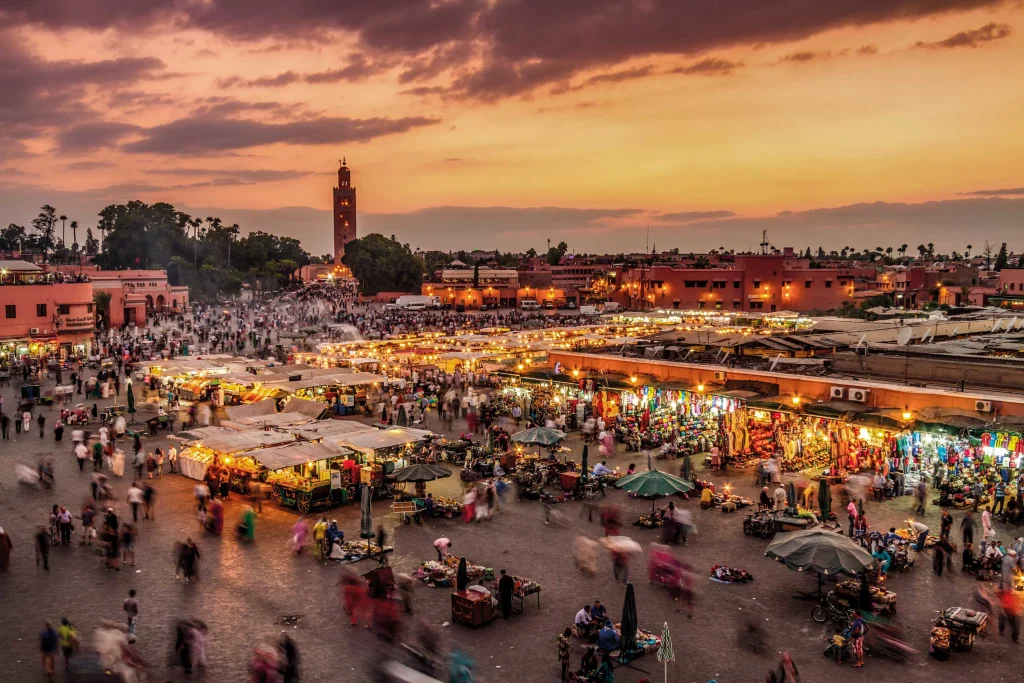
Tunisia is staging a formidable comeback in the global tourism arena, as it intensifies efforts to surpass Morocco and reclaim the crown of Maghreb’s premier travel destination.
With over 10.3 million tourist arrivals recorded in 2024—a 9.5% year-on-year increase—the North African nation has not only recovered from the pandemic slump but is also confidently charting its path toward unprecedented growth.
“This is a strong signal to the international market. Tunisia has never ceased to be an attractive destination; we have simply gone through a period of turbulence,” said Omar, a tourism expert closely following the industry’s evolution.
Currently trailing Morocco and Egypt, Tunisia has set a bold target: welcoming over 11 million tourists by the end of 2025.
The strategy? Aggressive diversification, robust infrastructure upgrades, and a surge in international investment.
Major global hotel brands such as Marriott, Westin, Hilton, and Hyatt are expanding rapidly across the country. New luxury facilities are opening in key hubs including Tunis, Sousse, and Hammamet, bringing world-class standards and global visibility.
In the first quarter of 2025 alone, tourism revenues climbed by 5%, reaching 1.2 billion dinars.
“International chains are a game-changer. They bring not just excellence in service but powerful distribution networks,” added Omar.
Beyond its coastal appeal, Tunisia is pivoting toward alternative tourism: eco-lodges, rural retreats, and guesthouses. The country plans to increase domestic tourism’s contribution from 30% to 50% in the next decade.
Officials also aim to enhance offerings in medical, cultural, and business tourism, alongside sustainable initiatives such as solar energy in resorts.
In 2024, Tunisia attracted over 900 million dinars (€268 million) in tourism investments. That figure is projected to hit one billion dinars in 2025.
The rise in Algerian visitors (+15.6%), and the resurgence of UK (+67.7%) and Polish (+50%) tourists underscore Tunisia’s growing global appeal.
Still, significant hurdles remain.
Morocco’s lead—17.4 million visitors and €11 billion in revenue—places it far ahead. Its aggressive international marketing and upcoming spotlight from the 2030 World Cup are advantages Tunisia cannot ignore.
“Morocco has invested heavily in its global image. Tunisia must catch up,” said Omar, noting the need for a national airline upgrade and stronger international outreach.
With 3.9 million visitors already counted by May 2025 and growth rates trending upward, Tunisia is poised for a transformative year.
The Ministry of Tourism is targeting new markets including China, Spain, and the Czech Republic.
“If we maintain this growth rate for five years, we can seriously compete with Morocco,” affirmed a senior official from the ministry.
For Tunisia, 2025 may be the turning point that redefines the Maghreb tourism hierarchy.



